Maize Farming – How to Grow Maize Step by Step
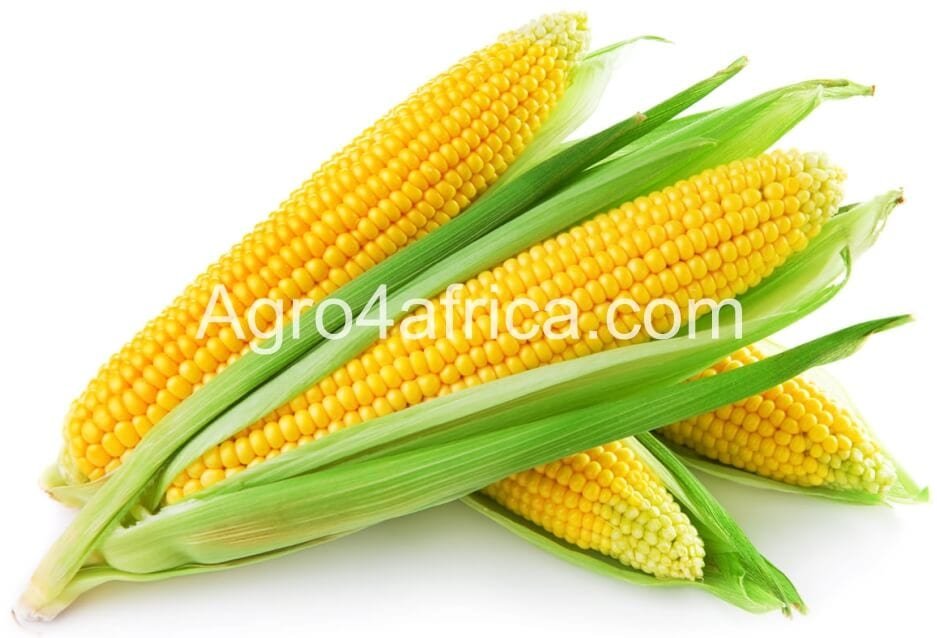
If you want to learn how to grow maize effectively and guarantee massive yields, then read this maize farming guide to the end to learn the steps.
Maize has and will continue to play a large and important role in Africa’s food production.
It is the principal staple food in many parts of East and Southern Africa.
In West and Central Africa, it is a major source of energy, especially in parts of Côte d’Ivoire, Ghana, Benin, and Nigeria.
Maize (Botanical name=Zea mays) has an extremely wide distribution, growing across a broad range of agro-ecological zones.
It is grown in all countries of Africa, but it is essentially a crop of warm regions where moisture is adequate.
The Guinea savanna zones of West and Central Africa offers the best ecological conditions for the crop, meanwhile, the mid-altitude regions of
East and southern Africa are also suitable for its production. Semi-arid or equatorial climates do not support the growth of maize conveniently.
However, drought-tolerant cultivars that are suited to semi-arid conditions are now available.
Uses of Maize
Maize is a versatile crop. This means that every part of the plant has its own economic value.
Maize grain is used as food [Boiled, roasted, or ground into meal for porridge and pasta], as feed for livestock and poultry, and as raw material for many industrial products [Starch, oil, beverages, beer and alcohol, flour, sugar, cornflakes etc.].
The leaves are used as fodder for goats, cattle, and sheep.
The stalk and cob of the maize plant can all be used as fuel and the ash is sometimes used as a substitute for salt.
Read also;
- Tomato Companion Planting [The Best and the Worst Plants for Tomatoes]
- Food and Health – A list of good and Healthy Foods for our Health
- Ginger Farming: How to Grow Ginger Step by Step
- Watermelon Companion Planting [The Best and the Worst Plants for Watermelon]
- Surprisingly Healthy Fruits
- Watermelon Cultivation Guide – The Ultimate Farming Guide
Soil Type and Site Selection
Maize can be grown on a wide range of soils, but performs best on well-drained, well-aerated, deep soils containing adequate organic matter and well supplied with nutrients.
The high yield of the crop reduces soil nutrients; therefore, it should be grown as the first crop in crop rotation.
To ensure good yields, stay away from sites with trees, shady areas, and ant hills.
Maize is sensitive to salinity and does not tolerate waterlogging, therefore, avoid muddy, compacted, and clayey soils.
Soil Test
Maize can be grown successfully on soils with a moderately acid environment, having a pH value within the optimal pH range of 5.5-7.
Any pH level outside this range will increase mineral toxicity and make the soil nutrient deficient.
A soil Test can be carried out on the soil to determine the pH level.
Nitrogen, potassium, and phosphorus test should also be done on the soil to help you determine a fertilization program for maximum yields.
Soil Research Institutes, Universities, and Private laboratories are good places to go to with test samples of the soil.
Temperature Requirement for Maize Farming
Maize requires abundant sunlight for optimum yields. An average minimum daily temperature of 20°C is adequate.
Optimally, temperatures between 25–30°C is suitable for proper growth and development.
Maize performs poorly in cold regions having temperatures below 5°C, and areas having temperatures above 40°C.
These temperatures ultimately lead to the death of the plant.
Land Preparation for Maize Farming
A wide range of land preparation methods is used in different agro-ecological regions of Africa.
Essentially, any method, whether chemical, mechanical, or manual, that can adequately remove weeds and keep the soil loose for good seedbed should be adopted.
Farmers commonly use fire to reduce excess vegetation on their farmland, and this practice adds potassium salts and other meager elements to the soil.
Some other farmers incorporate residues of the previous crop into the soil which later decay to form humus.
It is advisable to apply organic manures before ploughing to improve soil structure and supply nutrients.
For large scale farmers, when clearing and uprooting trees, ensure that your clearing method will preserve the topsoil of your farm land, especially when clearing is done mechanically.
In land preparation, the soil is manipulated to optimize conditions for proper growth and development of the maize plant.
Ridging or heaping is usually done on heavy soils, to improve drainage.
Ploughing the farmland optimize soil temperature and moisture condition, encourage root development and reduce weed competition.
It is important to plant immediately after land preparation in order to allow maize to get ahead of weeds.
Maize Planting
Maize is propagated from seed, and its yield is strongly influenced by planting practices such as; time of planting, depth of planting, and method of planting.
Time of Planting:
Early season maize in the Forest zone is usually planted between the middle of March and the first week of April.
However, because of changing rainfall pattern, maize sowing is recommended to be done as soon as soil conditions and temperature are favourable and the rainfall is well established.
Delayed planting may lead to the incidence of diseases and insect attacks.
In late season, popcorn is planted, to enable proper drying of the maize for optimum popping expansion.
It should be noted that maize planting time is not such a critical factor in areas where irrigation farming is being practiced.
The depth of Planting:
The sowing depth is commonly 3–8 cm, depending on soil moisture, air conditions, and temperature.
Planting depth between 2-4 cm is adequate for moist soil, while deep sowing, between 5-8 cm, is recommended for dry soils.
Whatever depth of planting you adopt, ensure it is uniform for all maize seed planted, to allow uniform plant growth.
The method of Planting:
Planting is done either by hand or mechanically, and it may be done on hills or in rows, on ridges or on flat land.
1-3 seeds of maize are planted at 75-85 cm spacing between rows, and 25-40 cm spacing in a row.
Wide spacing results in more weed growth and increases erosion.
To obtain a high yield, a uniform crop stand is very important.
Hand planting is the oldest and commonly used method of planting maize.
When planting by hand, the seed is dropped in holes made with a stick or hoe and the holes are covered with soil.
This method makes it easier to apply fertilizer at the same time of planting.
Mechanical planting is quicker than hand planting; it allows you to plant maize on a very large area of land within a predetermined planting period.
If this method is well supervised, it will give an excellent result. However, if it is poorly supervised, the reverse will be the case.
- Marek’s Disease; Causes, Symptoms, Treatment and Prevention Tips
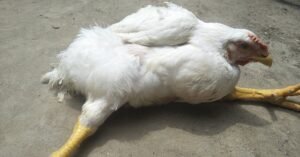
- How To Care For Day-Old Chicks
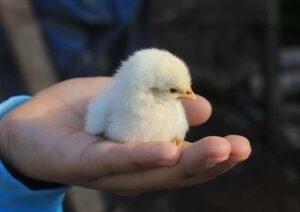
- How Do Chickens Mate? A Detailed Explanation
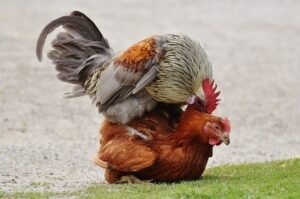
- What is Bumblefoot in Chickens and How Do You Treat Them?

- Types of Poultry Housing and Poultry Housing Systems
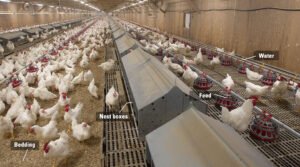
- Newcastle Disease; Causes, Symptoms, Treatment and Prevention Tips
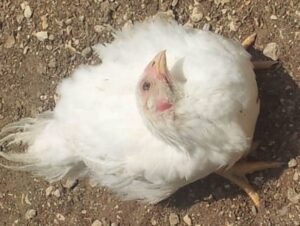
- Poultry Farm Equipment: All You Need to Start Poultry Farming
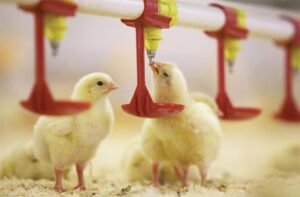
- 15 Awful Reasons Why Your Chickens Are Not Laying Eggs Yet And Solution
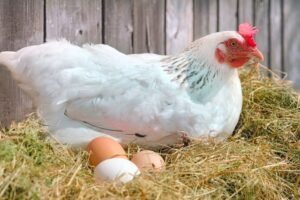
- What Can You Feed Chickens to Make Them Lay Eggs?
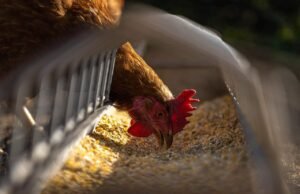
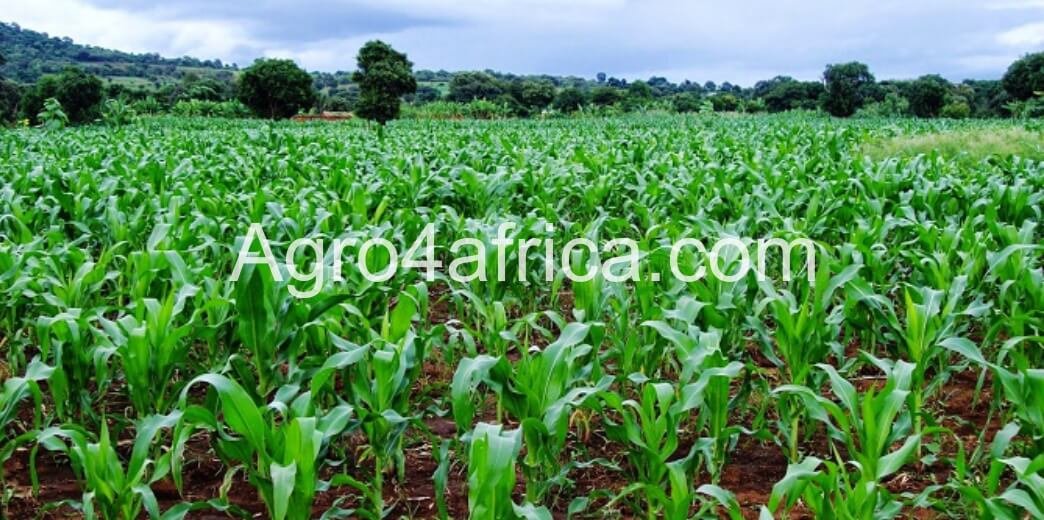
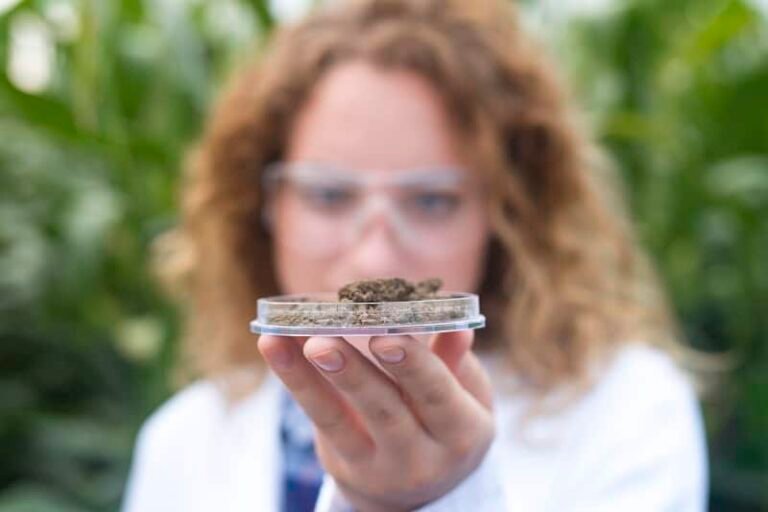
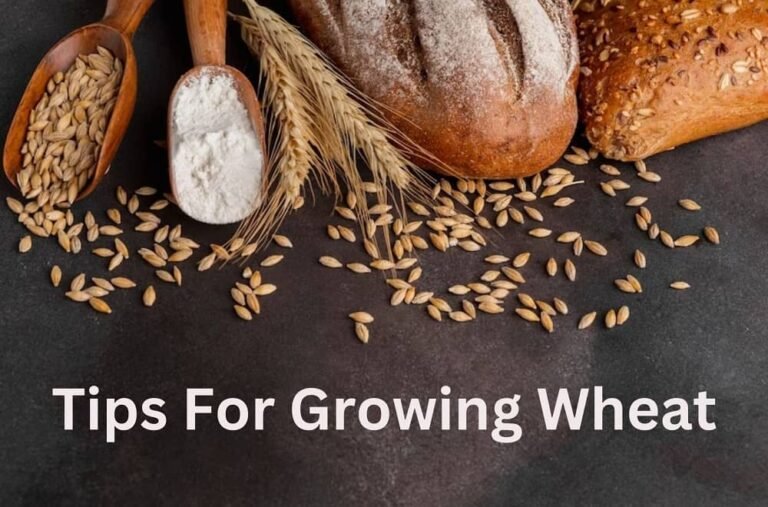

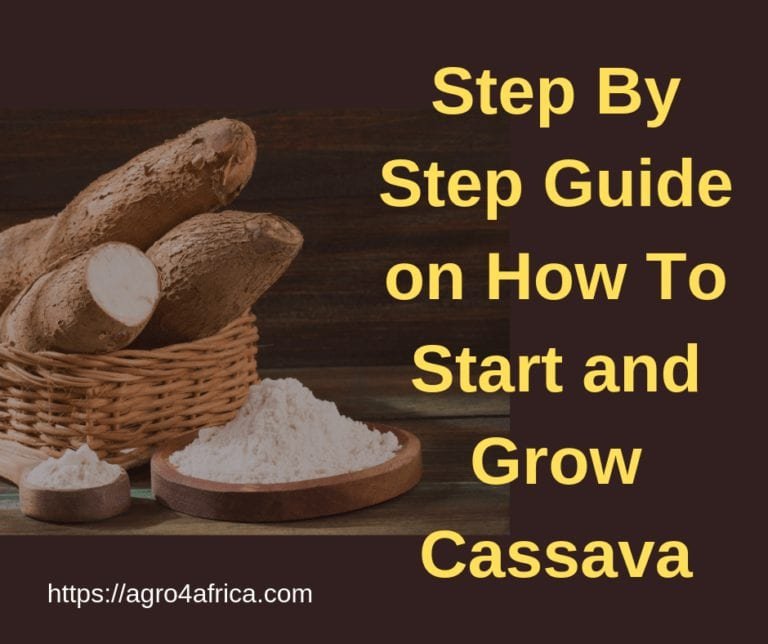
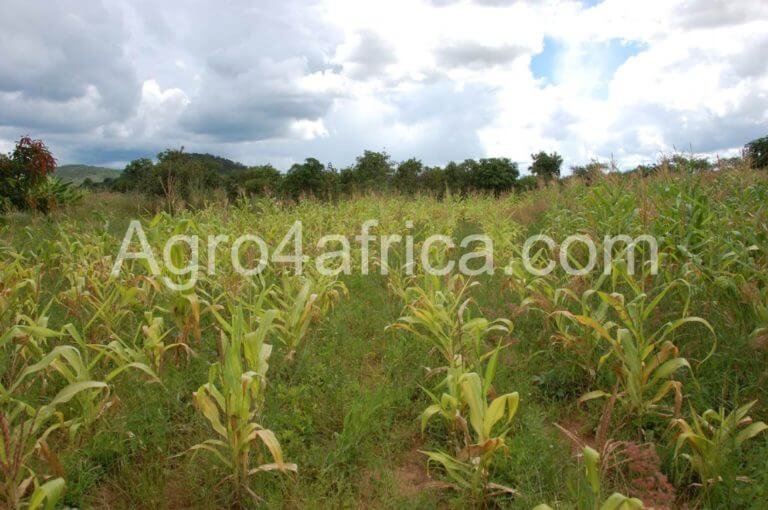

Thanks for the information.
Instead of using fertilizer, make compost using cow manure and rotted weeds, sticks and leaves. this will give you all you need. Watch Charles Dowding on uTube to see how to do it. You need to turn the pile regularly to stop it becoming anaerobic. You can also add ashes from the fire to give extra potassium. This will be free to make and only uses what is available to you for free.
Thanks for sharing this powerful insight about using cow dung manure for growing maize.
This is a good information which our farmers can use to increase production. Thanks very much
Thank you for the information
I would like to know the fertilizers used in growing maize, different steps or stages in their application and their advantages. Thank you
Fertilizer application is dependent on the results of the soil test you carried out on the farm.
I was thinking of doing a 50×50 50cm between rolls 50cm apart intra-roll spacing and 1 seed per planting hole giving me a plant population of 40,000 plants. Please advise is it okay?
75 x 50 is great.
It has been a short and sweet information but is valuable and practical.
I’m glad you liked it.
The part missing here is the fertilizer application at how many week after planting should it be done, and how many time ideally before tasseling etc. But good job by the way
You really try in describing the steps for maize planting; but what I would like to say here is that, you should have to describe the steps for maize fertilizer application, the preferred fertilizer to be applying; the pests and diseases affecting maize plants as well as the symptoms and the preferred chemical to apply in control of the pests and diseases………
This will be updated as soon as possible to include answers to some these questions that you have asked.
Mbazu Chibuzor, Good morning Pls i will like to have your phone number i want to talk to you
l wish to have a copy please, thanks.
You can copy the content for use.
It is available for educational purpose.
Thanks for this its pleasing
I am grateful to your short but clear and teaching narrative about the most promising crop which is the major energy source of many countries. For the increasing population of the world and to the changing climate maize is believed to be an insurance, hence am happy to hear much about the crop and I am also dealing with maize productivity and soil management. Thank you.